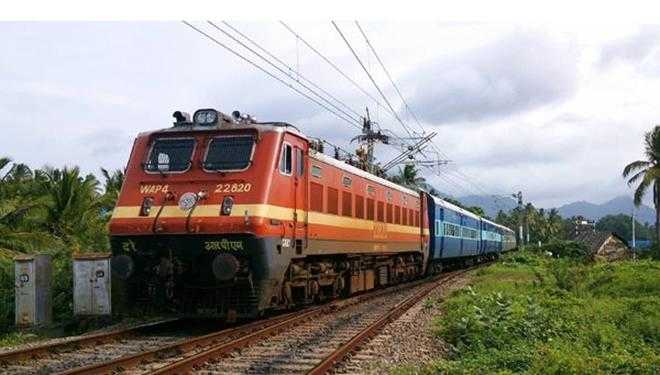A cabinet meet led by the PM has approved of 100 percent electrification of Indian railways. This is huge win for Piyush Goyal as railway minister because he was pushing for 100 percent electrification since he became railway minister but PMO did not approve the plan. Even in this year’s budget, Jaitley mentioned ‘optimal electrification’ not ‘100 percent electrification’. However, Goyal was determined about his plan of complete electrification of railways. The electrification is expected to complete by 2022. “We have electrified about 46% of routes. The work is on for electrification of about 20,000 km of routes, after which about 78% of Indian Railways will be electrified. Today [Wednesday], the Cabinet has approved 13,675 km of remaining routes at the cost of 12,134 crore,” said Piyush Goyal after PM-led Cabinet Committee on Economic Affairs (CCEA). However, the cabinet has approved for electrification of only broad gauge networks, no decision was taken on electrifying metre gauge (3,479 km) and narrow gauge (2,209 km) networks.

When 100 percent electrification completes in 2022, India would be second largest electrified railway network in the world behind China. Our Asian neighbor has 87,000 km of electrified rail network. However, China has only 68 percent of its railway (the country has 1, 27,000 km of railway network) electrified. So, India would be the only large railway network with 100 percent electrification. As of now, India has third largest electrified rail network after China and Russia, almost two third of freight and half of the passenger in the country moves on electric engines.
The two areas where 100 percent electrification would be hugely beneficial are- lowering environmental pollution and petroleum import bills. India imports more than two third of its fossil fuel requirements and the country signed Paris climate deal and promised substantial reduction in carbon dioxide omission. “The approved electrification will reduce the use of imported fossil fuels, thereby improving energy security to the nation. After the planned electrification, there would be reduction in the consumption of high speed diesel oil by about 2.83 billion litres per annum and a reduction in GHG emissions,” said Goyal.
Cost for electrifying remaining network is estimated to be around Rs 12,134.50 crore and the electrification drive would create 20.4 crore man-days during the period of construction. This electrification would be mainly concentrated on non-major routes and last mile connectivity because all major routes are already electrifies. So, this would create jobs and investment in rural economy which is under stress is last few years. Indian railways have 22,550 trains that carry 2.2 crore passengers and 30.4 lakh tonnes of freight every day. According to Goyal, electrification will make railways profitable. “This will reduce dependence on imported fossil fuel and reduce costs for the Railways. Prime Minister wants to improve efficiency and by saving cost, make Indian Railways profitable. This would be done without burdening the passengers,” said Goyal
One major problem that would emerge from this huge electrification drive is ‘what to do with new and old diesel engines?’ Railways have signed an agreement in 2014 with American major, General Electric to manufacture 1,000 high-horsepower diesel locomotives in Bihar over the next 10 years for Rs 14,656 crore. The country already has 5,526 diesel engines. Goyal was determined for 100 percent electrification from the initial days when he took over as railway minister. So, last year he asked railway board to review the project but his comments drew heavy criticism from General Electric. No decisions have been taken on General Electric’s diesel engine yet. On the question of diesel engine, Goyal said, “We will need (diesel) engines for back-up whenever there is any problem in the electric system. We will need diesel engines in the border areas. We can look at exporting these engines also. So, various opportunities and possibilities are there.”































